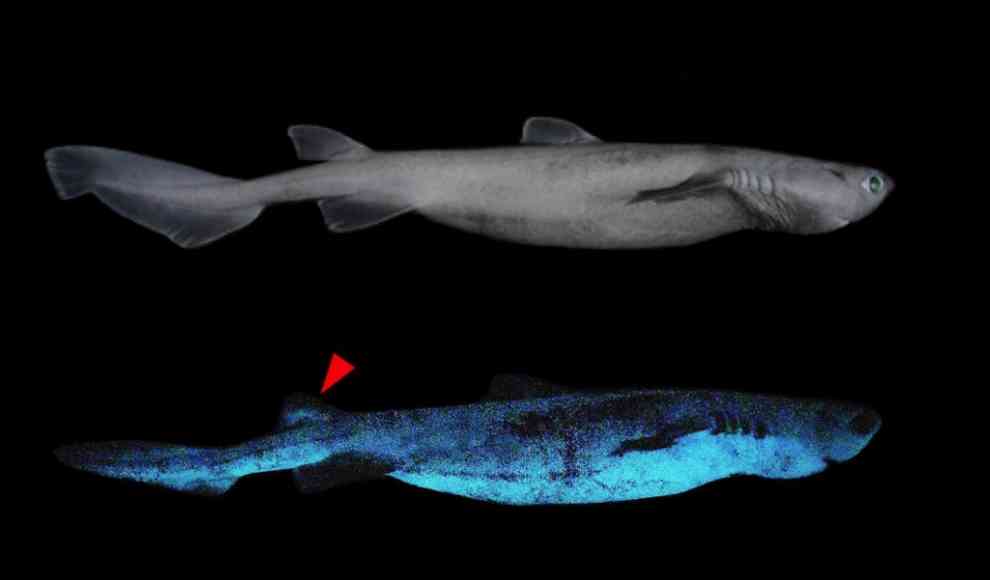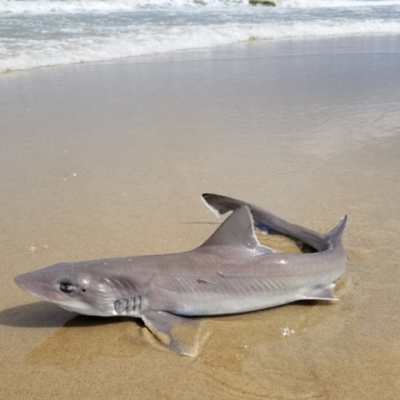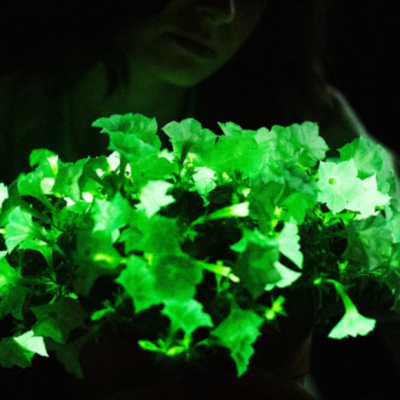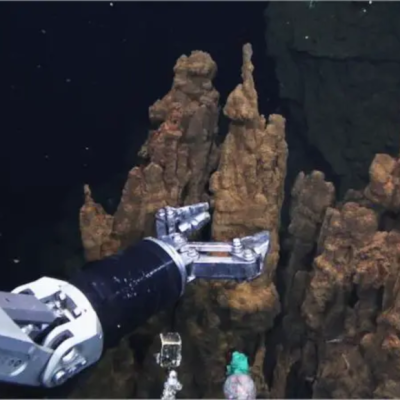Off the coast of New Zealand, scientists have discovered three species of glowing sharks, the first known sharks to exhibit bioluminescence. The physical properties of the ocean’s filters cause sunlight to be absorbed at depths of around 60 meters, resulting in almost complete darkness. However, bioluminescence, a phenomenon in which organisms produce visible light through chemical reactions, occasionally creates a brief glow in the deep sea. Until now, this behavior was only known to occur in jellyfish, shrimp, squid, and various smaller deep-sea fish. Researchers from the Catholic University of Leuven have now discovered three species of sharks that also emit light through bioluminescence.
According to a publication in the journal Frontiers in Marine Science, the researchers observed the chocolate, blackbelly, and southern lantern sharks emitting a bluish glow from their bellies during observations at the Chatham Rise off the coast of New Zealand in January 2020. All three species live in the mesopelagic zone, which lies between 200 and 1,000 meters deep. The reason why the sharks glow is still unknown, but the scientists speculate that the glowing belly minimizes the contrast with the bright water surface, making the sharks less visible. The light may also help the sharks in their search for food on the ocean floor.
The chocolate shark, which can grow up to 180 centimeters in length, is now the largest known vertebrate with bioluminescence. While it is also known that the giant whale shark, which can grow up to 550 centimeters in length, emits light, this is due to the shark’s consumption of plankton, and the light is merely reflected. It is still unknown whether larger sharks, such as the extinct megalodon, also exhibit bioluminescence. The discovery of these glowing sharks sheds new light on the fascinating and mysterious world of the deep sea.
Jerome Mallefet










